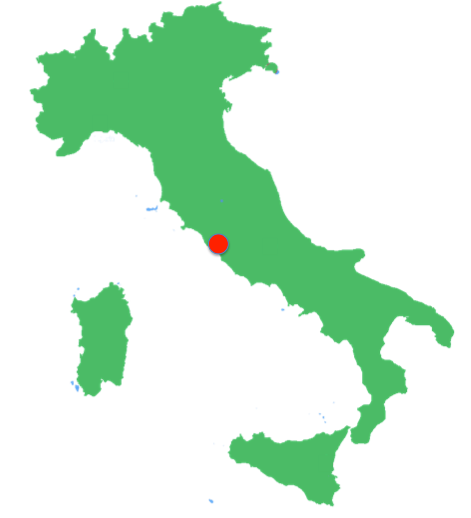Research activities
INFN Roma I and Gruppo collegato Sanità
- During the last years the statistical physics group at RM1 (Parisi, Ricci Tersenghi and collaborators) started a new line of research on disordered models with continuous variables, like O(n) models, which may present a richer critical behavior than the Ising models. To understand in detail the critical behavior of these models, they started with models which are analytically solvable. Beyond the mean-field models defined on fully-connected graph (for which the solution is known), they considered models defined on diluted mean-field topologies, i.e. random graph, which are locally tree-like and allow the use of the cavity method to solve exactly the model in the paramagnetic phase and on the critical line. The group studied in great detail the phase diagram of the XY model (n=2) with disordered couplings and random fields, focusing in particular on phase transitions taking place at zero temperature, varying the intensity of the random field. In statistical mechanics, Marinari and collaborators worked on population dynamics and on random walks in disordered environments. In biophysics, they analyzed the laws governing the growth of various cellular systems.
- Presilla and collaborators worked on a possible solution to the well known paradox of chiral molecules, based on the idea of spontaneous symmetry breaking. At low pressure the molecules are delocalized between the two minima of a given molecular potential while at higher pressure they become localized in one minimum due to the intermolecular dipole-dipole interactions. Evidence for such a phase transition comes from measurements of the inversion spectrum of ammonia and deuterated ammonia at different pressures. These data are well accounted for by a model previously developed and recently extended to mixtures. Presilla and collaborators have found that also in these systems a phase transition takes place at a critical pressure which depends on the composition of the mixture and we have derived formulas giving the dependence of the inversion frequencies on the pressure.
- Campa and collaborators work on the out-of-equilibrium dynamics of systems with long-range interactions. Recently they investigated systems of fully coupled rotators driven by quenched disordered external torques and in the presence of noise. These are extensions of the Kuramoto model, to which they reduce in the noiseless overdamped limit. They were interested in the stationary states of the system of rotators, that can be obtained by studying the Kramers equation (i.e. the Fokker-Planck equation for the joint distribution of the coordinates and velocities) of the system. They also showed how to obtain analytically the distribution function of the synchronized state, not previously known for the non-overdamped models.
- Pizzi and collaborators have developed a novel experimental and computational procedure to characterize all components of DRMs of erythrocytes infected by malaria parasites (Detergent Resistant Membranes - DRMs - are specialized compartments of the cell playing key roles in all organisms). Components of DRMs are distributed along a sucrose gradient according to their protein/lipid composition, samples are collected from the gradient and analyzed by mass spectrometry. For all identified proteins, abundance profiles along the gradient have been reconstructed and computational analyses have been performed. A Bayesian approach has been utilized to derive protein interaction networks of this compartment at different phases of the human malaria infection by integrating novel proteomic data with phylogenetic profiling and available gene expression data.
- Del Giudice and collaborators worked on methods inspired by the Ising model, to infer the structure of synaptic interactions in neuronal networks, extending standard Ising inference methods, to incorporate synaptic transmission times. Capone and others, with Maurizio Mattia at ISS, developed tool of analysis, and theoretical models, to describe the generation and propagation of slow activity waves in the cortical tissue, during deep sleep or anesthesia. Del Giudice, with Gabriel Baglietto and Guido Gigante, worked on the analysis of electrophysiological data from simultaneous multiple recordings, and proposed a new clustering algorithm for highly dimensional time series which combines the exploitation of recurrences with the idea of an underlying effective energy landscape with associated attractors. Realistic parallel numerical simulations able to match the scale of a cortical slice are being developed in collaboration with P.S. Paolucci (APE group, RM1).
^ Back to Top


